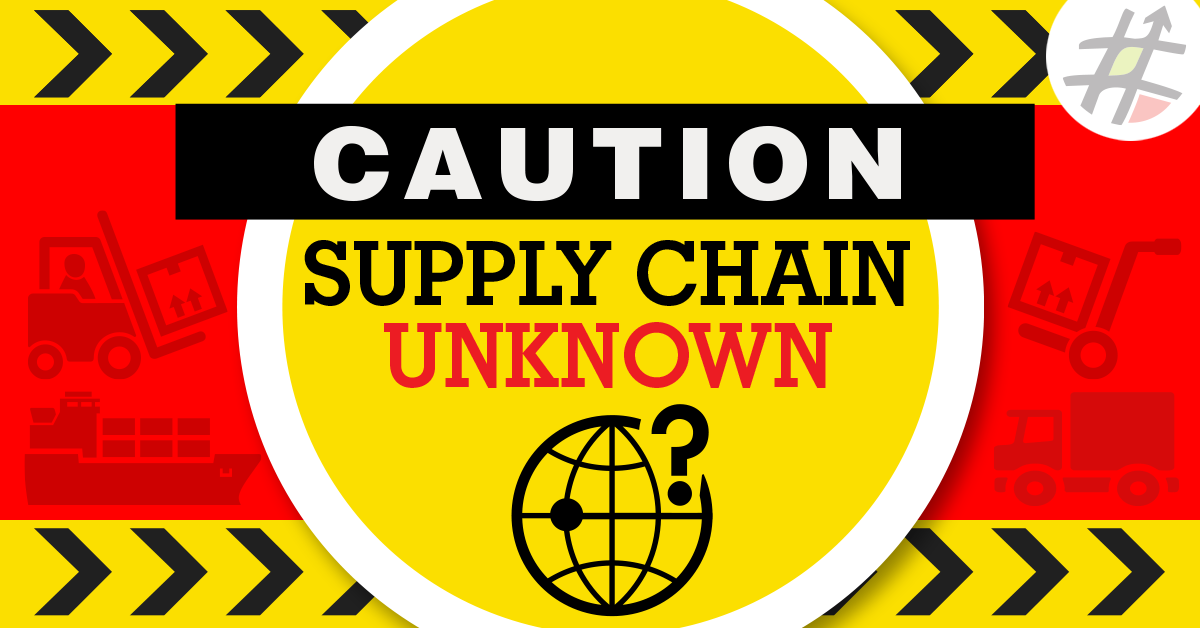Right now, there are five slaves working for you around the world. That’s according to some estimates. Some have the number higher. It’s sobering reading, and a dampening note to begin the new year with. Before you click away, however, this article isn’t just doom and gloom. I want to talk about human rights in the supply chain, and what we, as procurement professionals, can do about it.
The UDHR in a globalised world
In 1948, the UN adopted the Universal Declaration of Human Rights (UDHR), at a point in time when it was more of a concern for government than private enterprise. With globalisation and increasing transnational economic activity, though, the focus has turned on businesses to bear in mind and take into account the rights of those affected by their methods of operation.
No doubt those of us in the private sector hold responsibility and a duty of care when it comes to human rights abuses within our supply chains, but let’s first focus on the unique power and influence governments still hold.
The government giveth, the government taketh away
Supplier are always chasing economies of scale, which lends governments purchasing power that can set the standards for production.
In the United States, tailpipe pollution is the largest source of greenhouse gas emissions. California has led the fight to reduce these emissions for three decades, setting standards stricter than those of the federal government. These standards would see a reduction of about six billion tons of carbon dioxide coughed into the atmosphere. Thirteen other states followed suit, making up roughly thirty per cent of the national auto market. That’s a powerful stance from a collection of state governments, and a great example of the kind of influence the public sector wields that’s beyond the capability of the private sector.
(Recently, however, the Trump-led federal government has moved to revoke the states’ right to set their own emissions standards. It seems the public sector’s ability to instil positive change is equal to its ability to stymy it. Easy come, easy go).
And, yes, greenhouse emissions are about human rights.
It’s not easy being green
But what about cleaning up supply chains? Unfortunately, for both the private and public sector, procurement officers are often having to deal with vendors who have opaque supply chains. In these cases, the vendors themselves don’t know their supply chains well enough to attest to their compliance regarding labour and human rights. The more global the company, the trickier the supply chain is to track. In this Harvard Business Review article, a multinational Fortune 500 company was detailed to have over 1,000 first-tier suppliers, who in turn had 8,000 second-tier suppliers, who in their turn had around 30,000 third-tier suppliers. The compromising, unethical practices might be two, three or four steps back in the supply chain. Nigh on impossible to track.
But it’s changing. With the rising importance of ethical supply chains, more vendors are making it their business to know the steps in their procurement practices intimately, so they can say with confidence that they actively promote human rights.
The question, of course, is how? How do we monitor supply chains and ensure they don’t flourish on the back of human rights abuses?
Checklist for change
We all need to start somewhere and, while compiled a few years ago, the following list from 2015’s first workshop of the International Learning Lab and Human Rights provides an excellent starting point for implementing best practices for procurement officers everywhere.
- Use compliance with the International Labour Organisation’s Core Conventions as selection criteria in the evaluation of birds, and then as contract clauses;
- Select ‘high risk’ sectors that are susceptible to human rights abuses and focus on those sectors;
- Require that procuring agencies buying from ‘high risk’ sectors certify that their procurement is taking reasonable efforts to prevent labour abuses;
- Use award criteria to give additional points to suppliers who report on their due diligence;
- Develop model contracts with human rights provisions;
- Use contractual penalty clauses that apply to contractors and all subcontractors;
- Require that contractors disclose any past violations of human rights for the procuring agency to take into consideration; and
- Hire senior advisors on labour and human rights to advise contracting officers on assessing bids
In addition to the above list, we would suggest that in order to protect, respect and fulfil human rights, we have to embrace technology that helps us shed light on every nook and cranny of our supply chains.
Innovators to the rescue
Problem, meet solution. Over the last decade, the need for supply chain transparency has led to the rise of organisational compliance and technologies such as smart contracts, blockchain-based provenance trails and other comparable technologies that aim to ensure, no matter how complex a supply chain, every step is traceable and transparent. But the key here is that mega consumers, such as governments, embrace these innovations. Doing so, and leading through action, means that private enterprise can no longer feign ignorance of the available technology and the viable steps that can lead to the preservation of human rights through procurement.
Comprara can help you embrace ethical purchasing. Call us today and embrace the future that is ethical supply chains.








